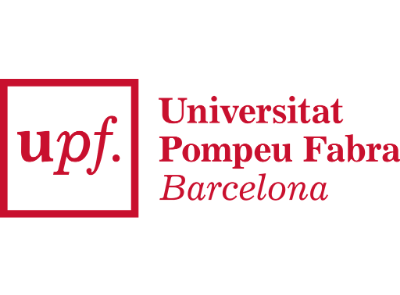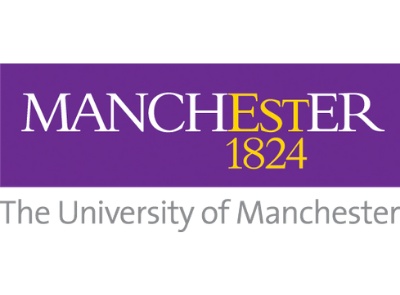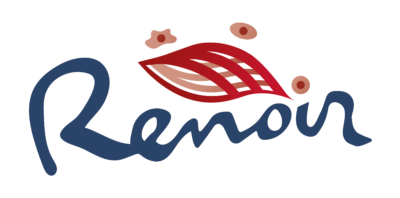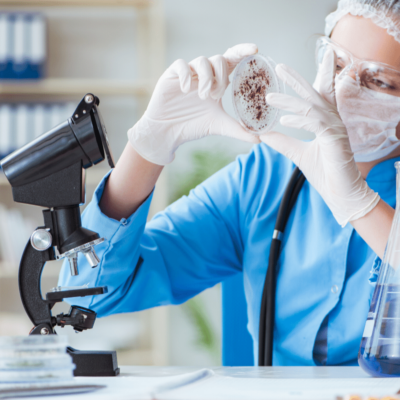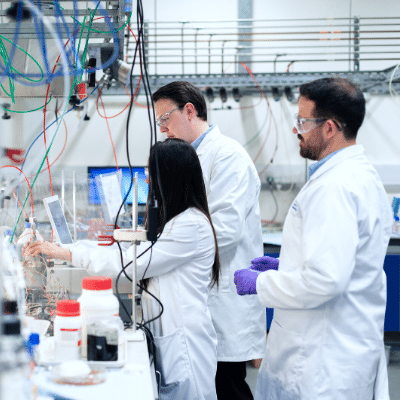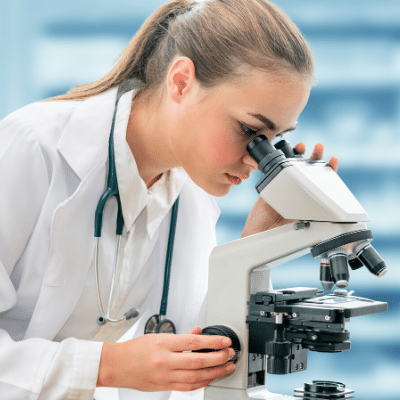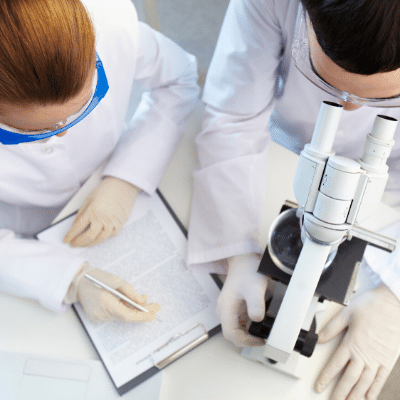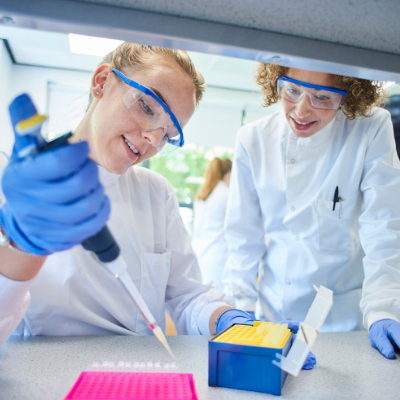ESR8
Controlling cell microenvironment: engineering artificial niches to study muscle degeneration-regeneration in vitro.

Sarah recently graduated as a Master of Science in biochemical engineering technology, with a specialisation in biomedical engineering at the KU Leuven (Belgium). This diploma awarded her with the title of industrial engineer. She has previous international experience by doing part of her bachelor program abroad at Polytech Montpellier (France).
For her Master’s thesis, she worked at the Stem Cell Institute of Leuven in research towards the characterisation of skeletal muscle stem cells of young children with cerebral palsy. Building on this unique combination of experience with skeletal muscle dynamics and an engineering background, Sarah is eager to work on a bioactive material to fuse both fields.
University
of Naples
Italy
Partner Profile
 University of Naples (UNINA)
University of Naples (UNINA)
UNINA includes 10 Departments of the University of Naples Federico II, which belong to different scientific and technological areas such as engineering, biology, physics, and medicine. UNINA has been involved in several national and EU research projects in the last decade and has acquired a remarkable expertise in different scientific areas like materials science, polymer processing, implant design, cardiovascular surgery, tissue reconstruction and regeneration.
The activities cover all aspects of the entire design/production process of biomedical devices. Research is focused on Tissue Engineering applications, design and production of bioactive scaffolds, developing techniques for surface functionalization, engineering novel strategies for drug delivery, studying molecular transport in biological networks, bioreactors and processing of tissue engineered constructs. UNINA develops its activities in a dynamic environment allowing a fast information exchange, an efficient technological transfer among centers with highly specialized, but complementary, expertise.
The ESR will be enrolled in the PhD Programme in “Industrial product and process engineering” (http://www.dicmapi.unina.it/phd-programs/) of the University of Naples Federico II.
Website
Topic
It is well known that extracellular stimuli from the microenvironment are crucial for cell adhesion, migration, proliferation and differentiation, and the ECM constitutes the very foundation of tissue homeostasis and development. Despite this, the analysis of such cells/ECM interplays in vivo is hampered by the intrinsic complexity of the native environment.
We will engineer bioactive materials and devices that can recapitulate in a simplified but consistent form the role of the biophysical/biochemical signals in muscle regeneration/degeneration. We will carry on a preliminary screen of the most relevant biochemical (adhesion motifs) or biophysical (mechanical or topographic) signaling patterns to define the optimal set of stimuli for the in vitro myoblast culture.
Artificially made scaffolds displaying adequate mechanical and biochemical features will be then fabricated by employing synthetic or hybrid materials. The micro- nano-scale architecture of these scaffolds will be controlled by state-of-the-art technologies (nano and microfabrication, or a combination of these). The effectiveness of signals along with their spatio-temporal presentation will be tested and validated.
We will reproduce in vitro the basal lamina niche of skeletal, muscle or blood vessel or a collagen sclerotic environment and will challenge different progenitors’ fate under these condition.
Objectives
To engineer bioactive materials and devices that can recapitulate the role of the extracellular matrix in muscle degeneration-regeneration (with ESR5)
To engineer bioactive materials for protein and factor delivery
PHD Program
Industrial product and process engineering
University of Naples “Federico II
RENOIR
ESR
COUNTRIES
YEARS
MEMBERS


